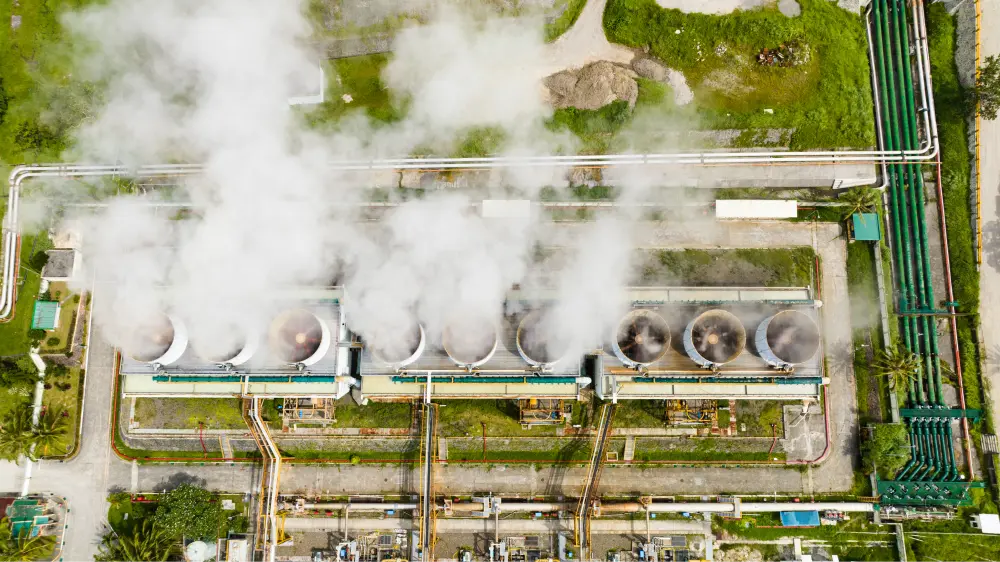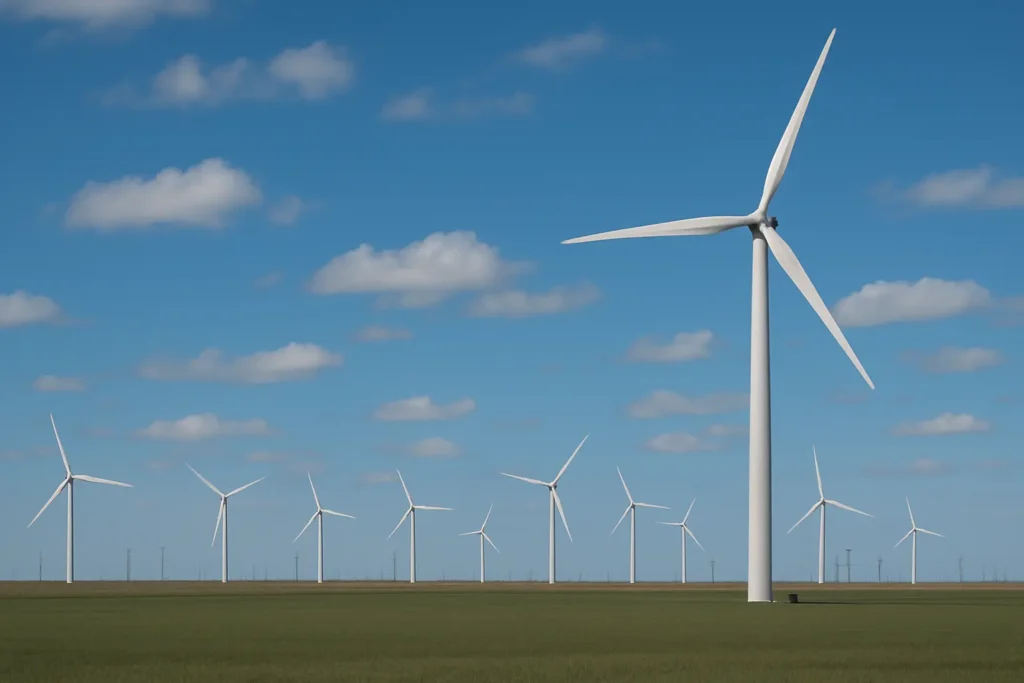How Many Geothermal Power Plants in Texas?
3 minute readAnalysis of geothermal development in Texas through 2025. From pilot projects to legislative trends and future potential.
Home > Learning Center > Energy Production > Is Geothermal Energy Renewable?
2 minute read • Last update November 2024

Geothermal energy is renewable energy that utilizes heat from beneath the Earth’s surface. Heat is produced continuously inside the Earth and can be harnessed for electricity generation and indoor heating.
Because the processes beneath the surface of the Earth that generate heat are ongoing and the heat is replenished constantly, geothermal is considered a sustainable and renewable energy source.
This is in contrast to nonrenewable sources of energy like fossil fuels. Fossil fuels naturally replenish, but coal, oil, and natural gas take hundreds of millions of years to form. As a result of this timescale, it’s possible that humanity could potentially use all of the practically and financially accessible fossil fuel sources.
As of 2024, there are not currently any geothermal energy power plants contributing electricity to the state’s power grid.
However, this may change in the near future. Texas is well-positioned to have significant geothermal energy infrastructure. Here’s why:
Geothermal, wind, and solar are all renewable energy sources. Only one is capable of providing consistent, baseload power: geothermal.
This is one of the biggest advantages of geothermal over wind and solar. If the wind is not blowing, wind turbines cannot generate power. At night when the sun is not shining, solar panels cannot contribute to the grid. Heat is constantly generated underneath the Earth’s surface thanks to the decay of radioactive elements, which makes geothermal energy a great option for generating consistent and stable baseload power.
Despite its potential, geothermal energy is not without its downsides.
Graham Lumley, Digital Marketing Manager at BKV Energy, leads digital and traditional marketing strategies, focusing on educating Texans about the state's deregulated energy market. With over 8 years of marketing experience, he creates content to help consumers understand and save on their energy bills, bringing a fresh and dynamic approach to the industry.

Analysis of geothermal development in Texas through 2025. From pilot projects to legislative trends and future potential.

Discover how Texas dominates U.S. wind power with massive utility-scale projects.
Get $50 off your electric bill!
Use code BKVEJOINUS50
Enter your zip code to shop BKV Energy's affordable, fixed-rate Texas electricity plans. Use the promo code for $50 off your electric bill.